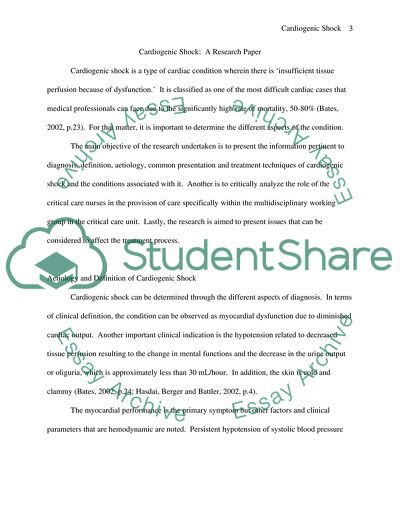Cite this document
(Aetiology and Definition of Cardiogenic Shock Research Paper, n.d.)
Aetiology and Definition of Cardiogenic Shock Research Paper. Retrieved from https://studentshare.org/health-sciences-medicine/1741776-cardiogenic-shock
Aetiology and Definition of Cardiogenic Shock Research Paper. Retrieved from https://studentshare.org/health-sciences-medicine/1741776-cardiogenic-shock
(Aetiology and Definition of Cardiogenic Shock Research Paper)
Aetiology and Definition of Cardiogenic Shock Research Paper. https://studentshare.org/health-sciences-medicine/1741776-cardiogenic-shock.
Aetiology and Definition of Cardiogenic Shock Research Paper. https://studentshare.org/health-sciences-medicine/1741776-cardiogenic-shock.
“Aetiology and Definition of Cardiogenic Shock Research Paper”, n.d. https://studentshare.org/health-sciences-medicine/1741776-cardiogenic-shock.


